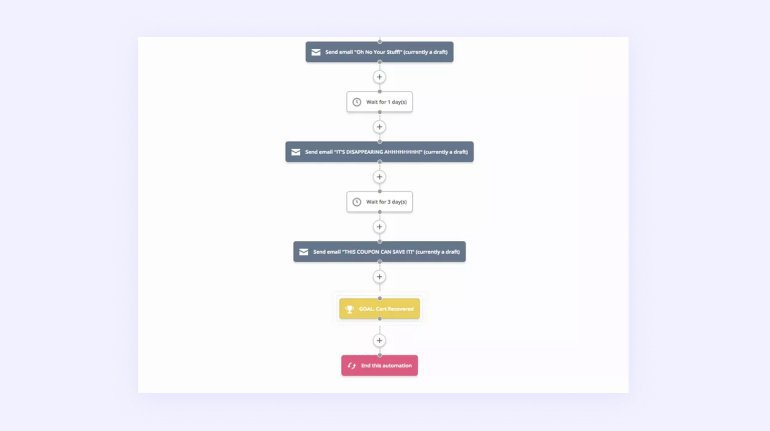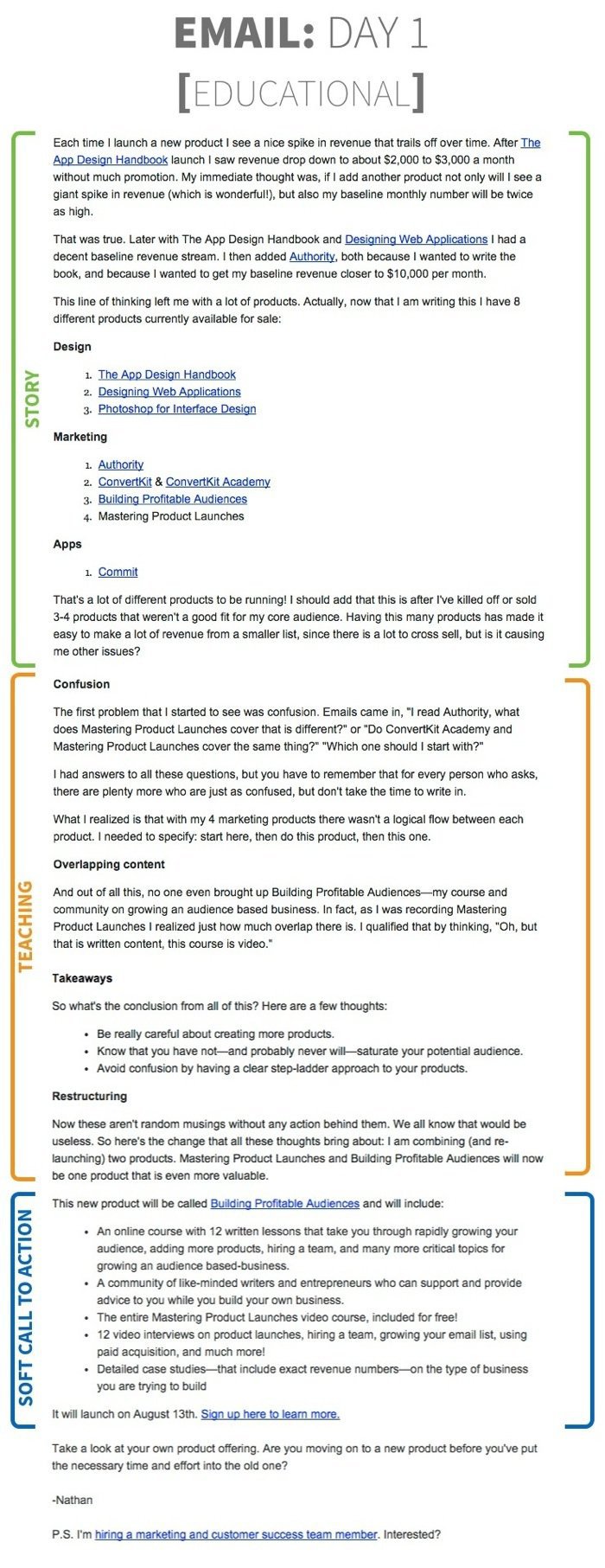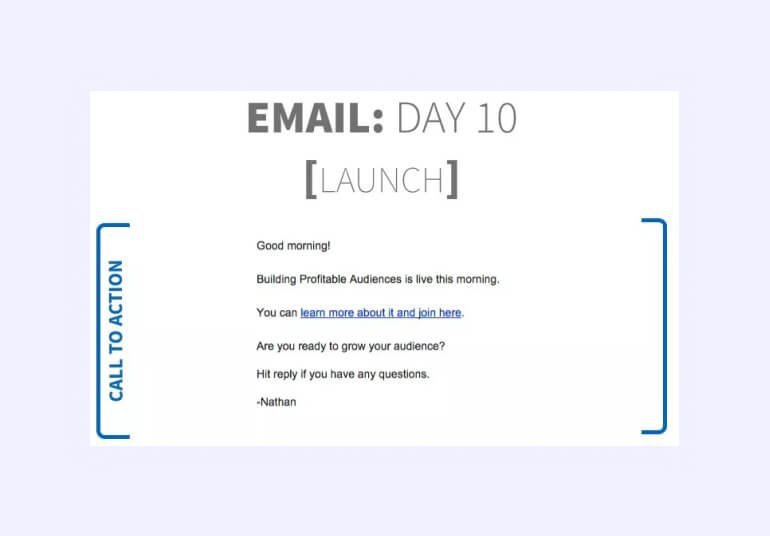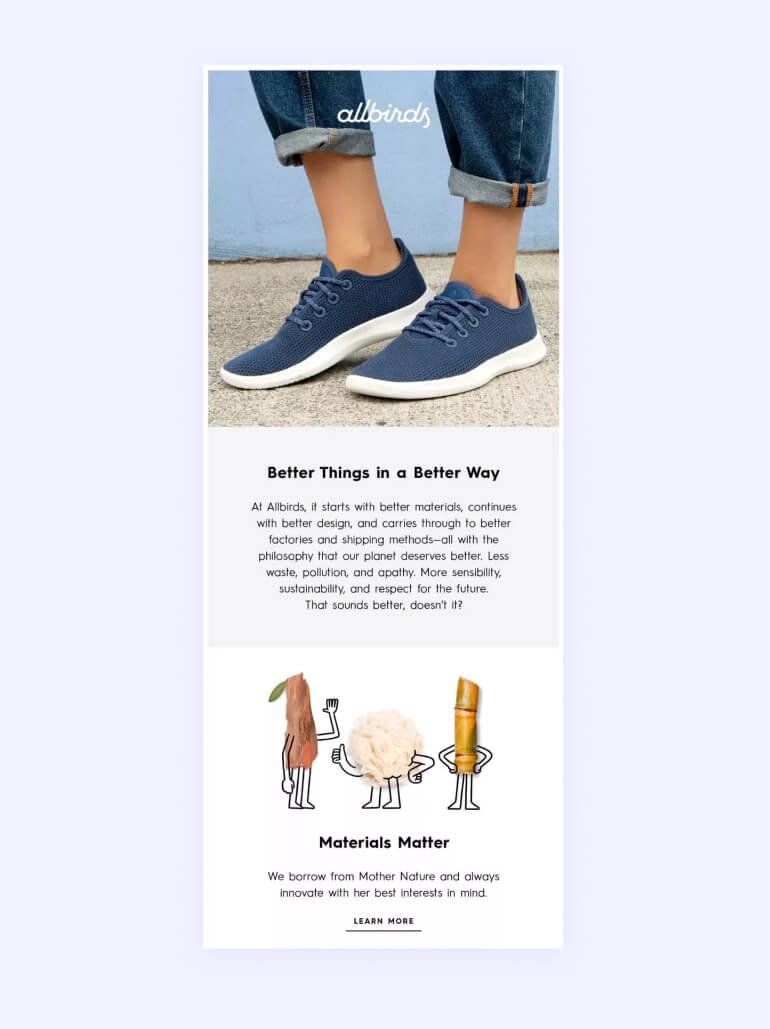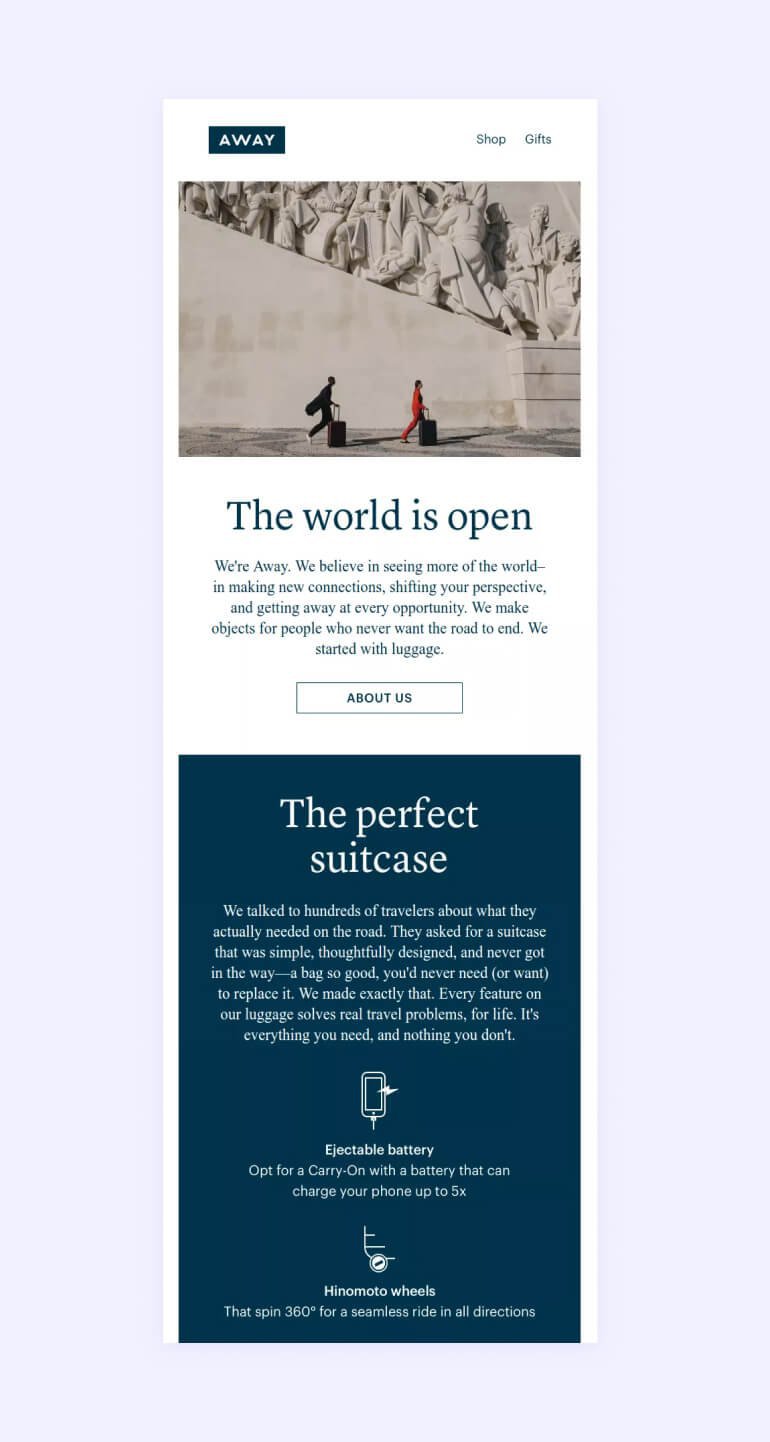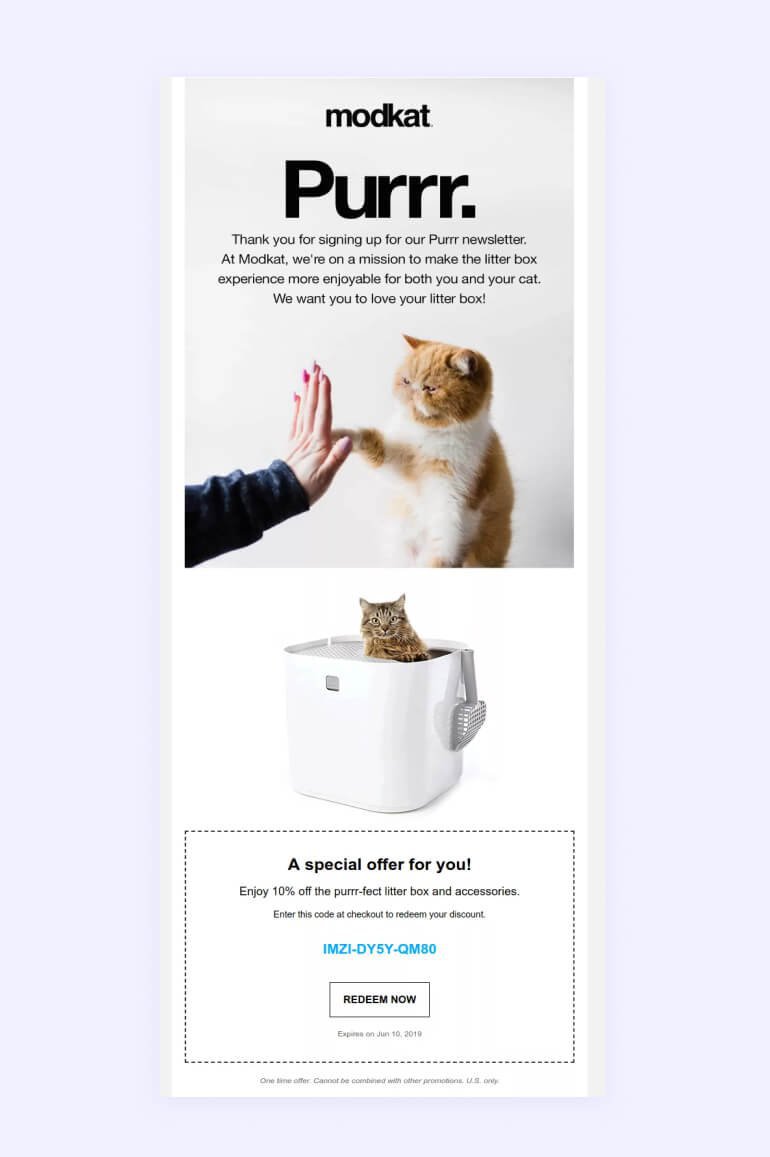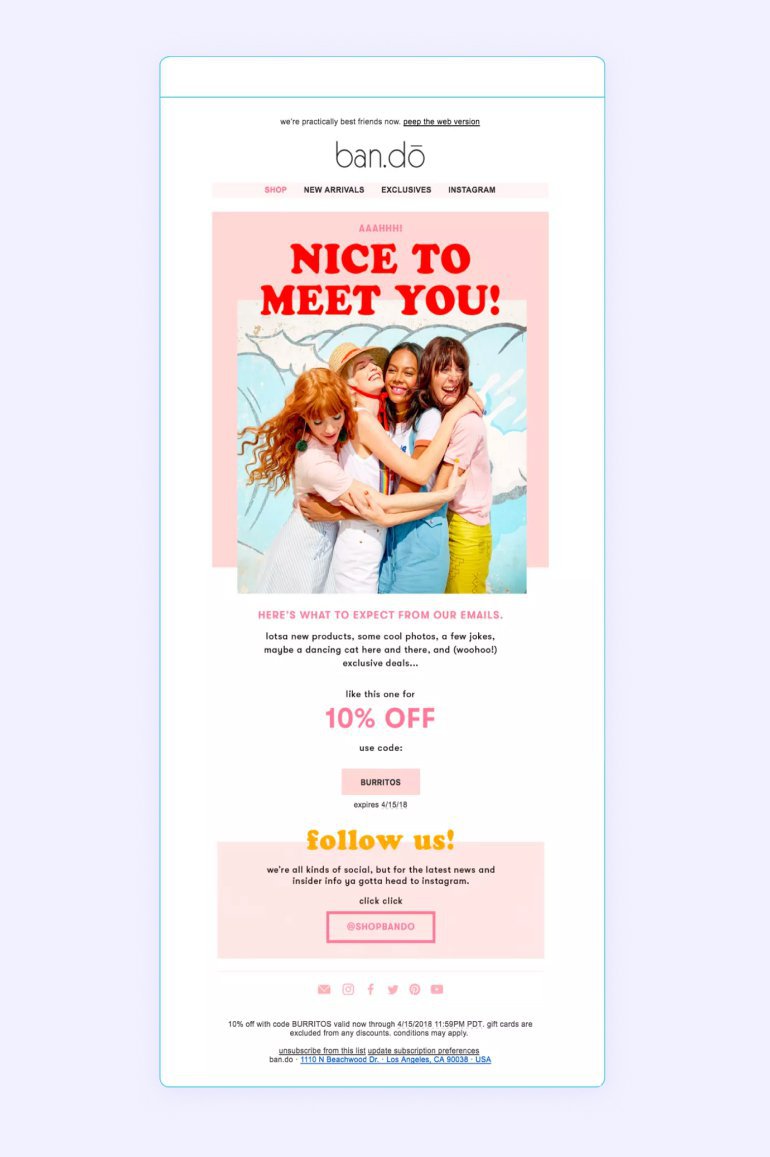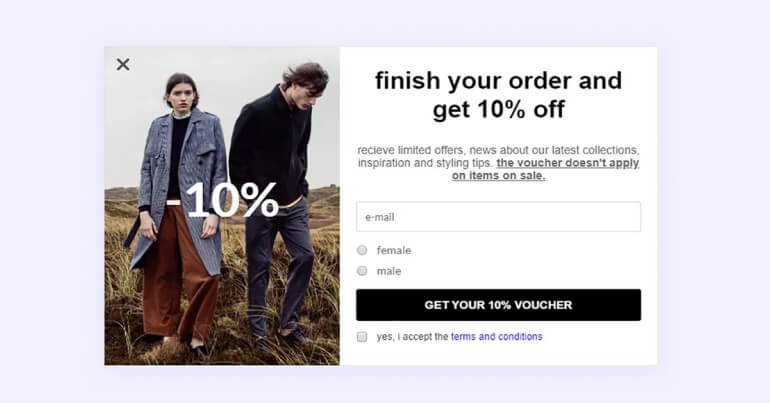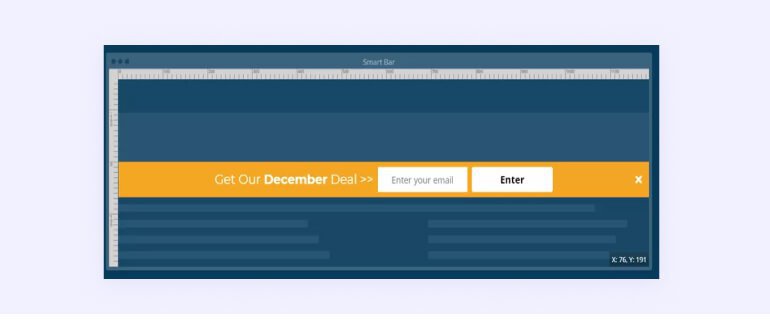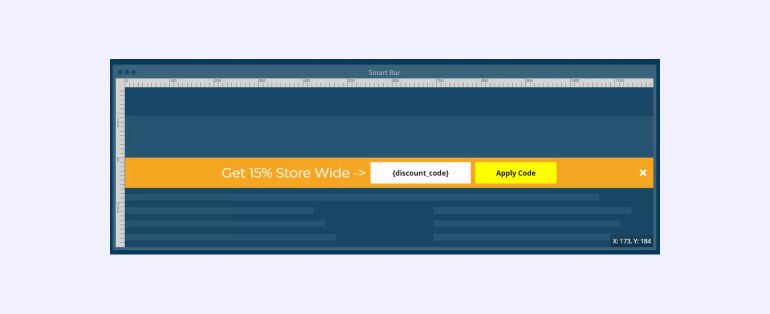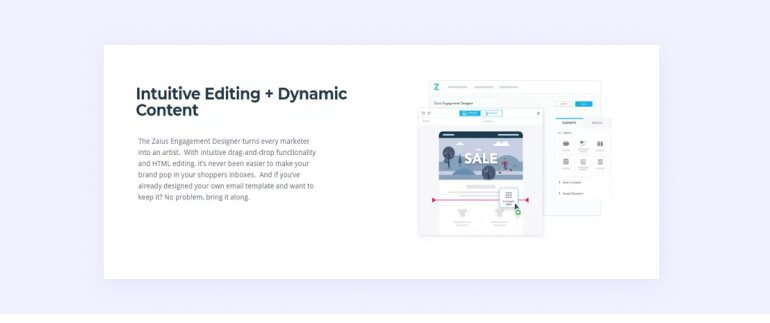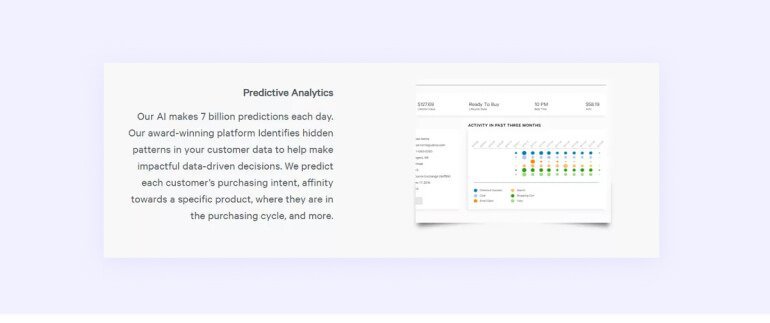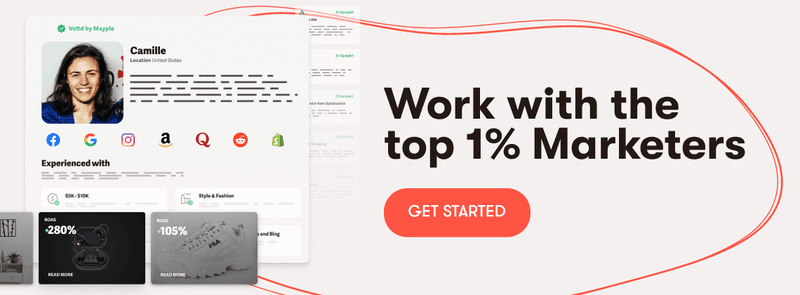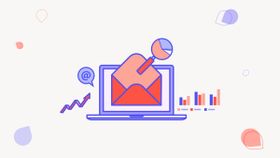How to grow eCommerce sales to over $300k with email drip campaigns
Here's a quick email flow strategy that will help you increase your open rates, CTR, sales, and ROI. Easy to follow, and step-by-step.
Updated November 5, 2024

This is a story of a small eCommerce company that never did any email marketing. They were doing really well on various other digital marketing channels such as Amazon, their own site, and even social media.
They had a great product, some great reviews, and loads of happy customers.
But they were stuck doing $20k, $50k, $100k in sales.
They tried everything to move the needle, and there was some incremental improvement but no big wins.
What was their mistake?
They failed to develop their email marketing.
They thought that email marketing was complicated and tedious. Or maybe they thought “why should we bother our customers?”.
And the classic myth that we hear all the time -“everyone hates popups”.
So if everyone hates popups we shouldn’t have any on our site.
And we don’t blame them.
This happens to a lot of eCommerce companies.
They start out by developing a great quality product and as the company grows they want to dedicate more time and resources to marketing but their budget is limited, or the CEO is still doing all the marketing and doesn’t have a lot of time to dedicate to sending emails.
If this is you, or someone you know, then we’ve got just the guide for you.
In this post, we’re going to debunk some famous email marketing myths and present you with practical and effective tools and strategies to grow your email marketing channel to over $300k in annual revenue.
Let’s start by debunking some email marketing myths that are standing in the way of your success.
Myth #1 - “Popups are bad for business”
It’s true that popups can be annoying but they absolutely work. Sumo found that the average conversion rates of popups used by their customers were 3-9%. That means you can convert 3-9% of the traffic on your site to leads.
BitNinja found that instituting popups increased their subscription by 114% and boosted leads to 162% (OptiMonk).
When ZooShoo, an e-commerce woman’s fashion company started using popups they increased their revenue by 7.35% (OptiMonk).
What does that have to do with email marketing?
Everything.
Your greatest tool to build an email list is your site, it’s the face of your business after all. And pop-ups are the best way to do that.
Are they going to annoy people? Some people will get annoyed, but they will most likely be the ones without a high purchase intent, and you don’t want lukewarm leads anyway.
On to our next myth!
Myth #2 - “We don’t need to follow up, they already got the message once”
Follow-up is critical not only for lead generation or outbound marketing campaigns but for e-commerce email marketing campaigns as well.
According to Mailchimp, the average open rate for an e-commerce business is 15.66%. Abandoned cart emails have higher open rates, of about 40-50%. Which is normal, people were already in the checkout process.
How about follow-up emails?
Brightech found that their 2nd and 3rd follow-up emails in an abandoned cart sequence had 30% open rates.
So follow-ups definitely work.
Myth #3 - The more emails you send, the more people will unsubscribe
This sounds pretty logical and there have been a lot of debates about email frequency and how often you should send emails out.
There have been a lot of case studies that show that in specific cases, if your content is relevant, then your email frequency might need to be more frequent than weekly.
We’re going to show you an example from Bryan Harris’ product launches further in this article, where he emailed customers every day for the duration of his product launch.
Now that we’ve debunked some myths for you, let’s get to the meat and potatoes.
Here are the top four email sequences and some strategies and tips on their execution.
Automated Drip Campaigns or Flows
Every e-commerce business needs to set up automated campaigns. These are automated email sequences that are sent to the customer and are triggered because of a specific action. These are absolutely necessary and they will grow your email marketing sales tremendously.
Klaviyo is perhaps the most popular email tool for e-commerce and they have a ton of different automated flow templates. Here are some of them:
Let’s talk about a few main ones:
Cart abandonment
Your hottest leads are those users that have put something in their cart or started the checkout process and then left your site. These users have the highest purchase intent and do tend to come back and buy your product if they are reminded.
Here are some of the top strategies to create and optimize your cart abandonment emails.
7-figure strategies:
1. Don’t wait a long time to send the first email. Research shows that you should send it within the first 20-40 minutes.
2. Make your cart abandonment emails short and to the point. Make the CTA really visible and add a picture or a gif.
3. Add at least 2 more follow-up emails. Consider sending another one the next day at the same time. Chances are your customers will be shopping at the same time the next day and will be open to check out your store again.
Not sure if Klaviyo is your best option - or if you should settle on Drip? Here’s a Klaviyo vs. Drip comparison to help you decide on the best email marketing tool for your specific needs.
Browser abandonment
This is another really powerful email marketing flow that targets users that simply browsed your site and left. How does it get their email you ask?
These are customers that have registered before on your site or have abandoned their cart long enough not to trigger the cart abandonment email flow.
7-figure strategies:
- Include product recommendations - images and links to other products in your email. Since these customers didn’t find what they were looking for, it’s a good idea to display a variety of products and see if they could get them back on your site.
- Be funny - use humor in these to re-engage these site visitors. Here’s a really great example from Adidas. It’s quirky, interesting, and makes me click and see what new shoes they have for me. Check out our guide to the top 100+ browse abandonment subject lines to get some inspiration.
Pro tip: want to improve your email drip campaigns? Hire a top-notch drip marketing expert.
2. Product Launch Sequences
Product launch sequences are the bread and butter of B2B marketers and can be used effectively with B2C e-commerce companies as well.
The idea of the product launch sequence is simple.
Imagine that you are launching a product and have a small email list of leads and customers. If you simply announce the product once and then wait for a response you will probably hear... crickets.
Maybe if you’ve emailed the list regularly in the past, you will get a few interested people.
But if you don’t put time into crafting a series of emails that all lead up to the launch of your new product, then you won’t be successful.
How do you craft a perfect product launch sequence?
The idea is to use Gary Vee’s famous Jab, Jab, Jab, Right Hook strategy, and to augment it a bit. So you can’t just send 5 emails offering your product over and over again. You need to interchange your product sales emails with informational emails that provide value to your customer and explain the need for your product in the first place.
Here’s an example from Bryan Harris from Growth Tools in which he presents an incredible product launch sequence he used to generate $16,000 in 72 hours.
Bryan’s product launch sequence:
Email 1 - Educational
Email 2 - Educational
Email 3 - Product Information
Email 4 - Launch
Email 5 - Educational
Email 6 - Last Call
BONUS: Email 7 - 24-hours sign up deadline
Email 8 - Extended deadline for another 48-72 hours
Email 9 - Final last call
The formula for an educational email is very simple. The first part is always a story that really engages the user, hits on some pain points, and hooks them to read the rest of the email. The second part is educational and provides value. And the third part is a soft call to action.
Here’s an example of an educational email.
The actual sales emails that introduce the product are kept very short. And the idea there is that once you build all of that value in the previous emails you don’t need to focus so much on selling your product in an email. Just link to your optimized landing page and let it do its’ magic.
If you want a deeper dive into each email in the sequence read Bryan Harris’s blog post here.
In short, you need a good product launch sequence to launch your product. And the key ingredients are - the right sequence, a list of subscribers, and lots of patience.
3. Welcome Series
A welcome email series is a great way to increase customer retention and loyalty and garner repeat business. A welcome email is sent after someone purchases on your store and it’s really their first communication from your brand so it’s important to get right.
A really strong welcome series could significantly improve your email marketing channel as a whole. Data shows that welcome emails receive open rates that are 63% higher than traditional email and a click-through rate 86% higher.
According to Klaviyo, the popular eCommerce email platform, the top eCommerce brands that use their system receive 17% of their revenue from welcome series emails, which is incredible.
If you want to be a top eCommerce brand and compete with the Allbirds and Aways of the world, you need to create and optimize your welcome flow -- and a Klaviyo email marketing strategy can help with this.
Speaking of Allbirds, here are some examples of really good welcome emails:
Example #1 - AllBirds
Subject line: Welcome to the Flock
Allbirds has a brilliant way of communicating its brand value. The subject line was creative and inviting, they included a gift and lots of images and made the entire email really pleasant and appealing.
Example #2 - Away
This example from Away the creative travel accessory brand. This email is great because it tells the story of the brand in such a creative way. Then it highlights the main points of difference (features) of Away in a clear and visual way.
Example #3 - Modkat
One of the most important elements of any email is the CTA button. So many brands make the mistake to think that the main function of the welcome email is to tell their story and showcase their features. If they stop there they miss a vital element of the welcome email which is the CTA button.
The purpose of the welcome email is not only to make an authentic connection with your customer but also to bring them back to your site. This is especially true if this is just a new lead to your list and not a paying customer yet.
Modkat really does this well with their personalized offer right in the middle of the email, and they include two CTA buttons in the email.
Don’t be shy to include a CTA button in your welcome series, it will increase customer retention and conversions.
Example #4 - Ban.do
So you’ve given your customers a taste of your brand and added some CTA buttons, now what? What if your customer just purchased your product and doesn’t feel the need to go back to your site again.
The next vital element of a welcome series is offering your customers other ways to interact with your brand. Ban.do does this in an amazing way. Along with following the best practices we outlined - showcasing their brand and adding a really visible CTA button - they also invite the customer in this email to follow them on Instagram.
Example #5 -Evernote
Last but not least, here’s an example from Evernote. What makes this email incredible is how well they touch upon their value proposition. Statements like “Get your time back” and “Keep it all in one place” are super powerful.
So let’s summarize all the important elements of the welcome series:
- Showcase your brand and tell your story in a creative way
- Highlight the main features and customer benefits of your product
- Add clear CTA buttons
- Provide another way for your customer to engage with your brand - social media, referral program, your blog, etc.
Ok, we’ve spoken about some of the most important types of email journeys, now let’s focus on growing your email list. The majority of your subscribers are going to come from your website, so it’s important to create a marketing funnel.
This brings us to our next topic - popups!
4. 7-figure popup strategies
Remember our discussion about popups at the beginning of this article? It’s time to revisit and show you guys exactly what brands are doing to increase their conversions using popups.
There are three types of popups that your brand should use to convert your site visitors into leads. Here they are:
#1 - The Wheel Popup
This might look silly to some brands and might not fit every company but the wheel has been incredibly successful. For many brands, it provides the highest conversions of any other popup - around 10% - and becomes a vital part of their email strategy.
It provides an engaging and fun way for a user to receive a discount and interact with your brand.
#2 - Exit-intent popups
One of the most successful ways to implement popups is to have them trigger when a user is about to leave your site. While exit popups on the site itself are widely accepted, the one place where conventional marketers say not to put them in the checkout page. It doesn’t make sense right?
The customer is already checking out and they might trigger the exit-intent popup just by moving their mouse or going to a different tab to get their correct address or payment info. And then they get a discount that they didn't even need, they would have bought without one.
Yet, this is exactly what Minimum did in the following example:
They offered a 10% discount and were able to convert 37.4% of abandoning shoppers and generated over 9,000 leads. The full study is - here.
#3 - The mobile bar
The wheel and the exit-intent popup don’t work for the mobile user. They take over the entire screen and make for a very frustrating user experience.
So what do you do to convert mobile users? You use a mobile smart bar!
It’s a thin strip-shaped popup that sticks to the top of your mobile screen. Sumo offers a really great feature where once the user puts in their email they display a success bar.
This next bar shows the discount code and displays a button that the user can click to automatically activate the discount.
It’s a really easy way for mobile users to convert and continue shopping, without having to go check their email. Brightech, the well-known home decor brand, garnered about half of its leads from using a mobile popup such as this.
5. The next generation of email automation
We’ve talked about the top-performing email sequences and some strategies for how to set them up, and we can spend hours and hours going through examples. All of the email sequences or flows that we mentioned will save you hours of time because you set them up once and they get automatically sent to your new subscribers.
Wouldn’t it be great though, if there were tools out there that use data to personalize emails for each customer? Yes!
Here are a few of the top email tools that use data to significantly personalize each email for each recipient.
Zaius
Zaius is an incredible email platform that uses data to personalize your emails. They gather data about each user interaction with your site and allow you to segment your audience into smart segments.
Then, they let you set up emails that dynamically change the content and the products that are displayed for each recipient based on their data.
Segmentation was found to increase email revenue by 760% (DMA) so this is powerful.
Zaius worked with brands like Helix Sleep to dramatically increase conversions by 13%.
ReSci
ReSci is another email platform that uses data and AI to significantly automate your email marketing. What they do really well is they let you create email templates for every occasion - cart abandonment, browser abandonment, welcome email, high-intent user coupon email, etc, and then they send the right template to the right user, at the right time.
What’s even more powerful is their AI system makes a prediction based on your data to predict each customer’s purchasing intent. It’s similar to Hubspot’s scoring system for B2B sales operations.
Target was able to increase their conversion rates 6X, increase their mobile engagement by 38%, and increase their repeat purchase rate by 20% all with ReSci predictive analytics system.
Looking for simple, yet effective Thank You email templates to integrate in your eCommerce email flows? Here’s a list of Thank You emails perfect for eCommerce to inspire you.
Recap
We know that was a lot of information but hopefully you’ve gained some insights and ideas about improving your email marketing.
Here’s a short summary of everything that we’ve covered:
Three key strategies:
- Use popups - popups absolutely work, use them to grow your email list and increase conversions
- Follow up - Don’t expect the first email to seal the deal, create 2-3 follow-ups in each of your flows.
- Email frequency - don’t be afraid to send more than one email per week, look up base practices for your industry and experiment.
Types of email flows:
Create and optimize email flows for cart abandonment, browser abandonment, product launches, and welcome emails to showcase your brand and engage with your customers.
Popup strategies:
We’ve talked about the wheel popup, the exit-intent popup, and the mobile bar. Use all or some of these styles to boost your conversions.
AI automation tools for email marketing:
Use the next generation of email marketing tools like Zaius and ReSci that use data and predictive analytics to personalize each email and automate your entire email marketing channel.
If you have the time and resources to do this in-house, then now you have some pointers on the direction and approach to take -- and hiring an email marketing strategy consultant or email marketing agency can give you good guidelines on where to start.
And if you’re already decided on hiring a Klaviyo email marketing specialist or Klaviyo email agency, you now know what to ask them.
FAQs
What’s the difference between an email campaign and an email flow?
These terms can be defined differently depending on the email marketing software you use, but we will give you the standard definitions.
An email campaign is a one-time email that you send to a list of recipients or a specific segment. It could be a promotional email around a holiday like July 4th or Black Friday, or it could be your weekly newsletter.
An email flow is an automated sequence of emails that get sent based on triggers and filters. An email flow would usually target a specific segment such as the visitors that abandoned their carts, or returning customers, and would get triggered based on the visitor's action. Email flows include welcome flow, cart abandonment, browser abandonment, returning customers, and popup flows.
How do you make an email flow?
Here are all the steps it takes to set up an email flow
- Decide on the goal of the email flow
- Pick an email segment on your list
- Decide how many touchpoints you need
- Create a new segment or use an existing segment
- Set up your emails (content + triggers)
- Implement if/then branches for different possibilities
- Look back at steps 1-6 every few months and optimize to get better results
How many emails should be in an email flow?
A typical email flow has three emails but you can always make it longer as needed. Experiment with adding more emails to your flow and see if they get clicks or sales. Some of the largest eCommerce brands have flows that are ten emails long.
What is a drip marketing campaign?
A drip marketing campaign is just another name for an email flow. It refers to an automated sequence of emails with a set timing, just like an email flow.
What is an email automation workflow?
An email automation workflow is another name for an email flow or a drip marketing campaign. It’s usually used in B2B email campaigns and refers to the process of setting up a series of automated campaigns which get triggered by user behavior on the site and purchase behavior.
Now that we’ve covered several names for an email flow, let’s talk about email campaigns.
How do you make an email campaign?
Here is a step by step list of how to create an email campaign.
- Decide on the customer segment you will be using (create it if it doesn’t exist yet)
- Create and name your campaign
- Create a template
- Write the copy
- Make the design
- Preview your email (make sure that you send it to yourself and check that all the links work)
- Schedule your email
- Analyze the results
- Optimize the next email campaign based on the results you got in this one.



